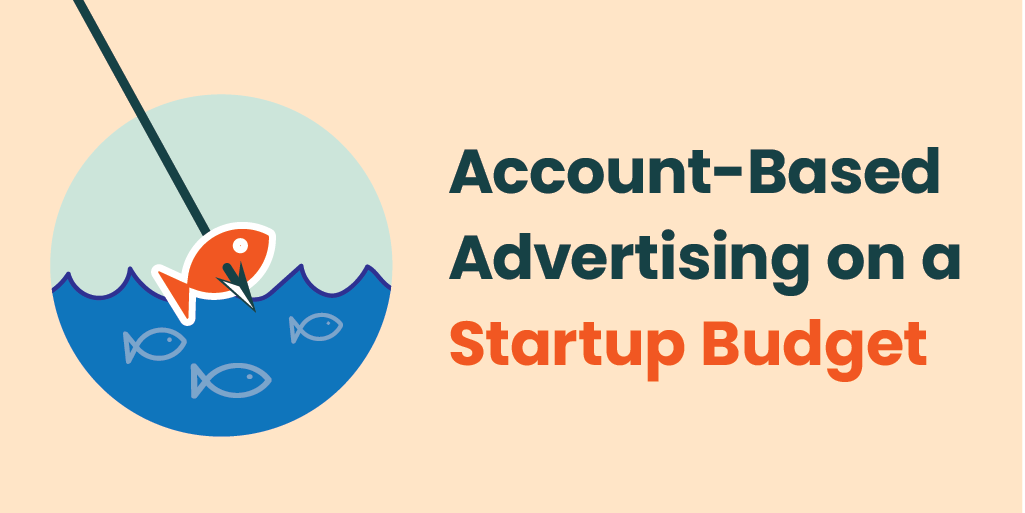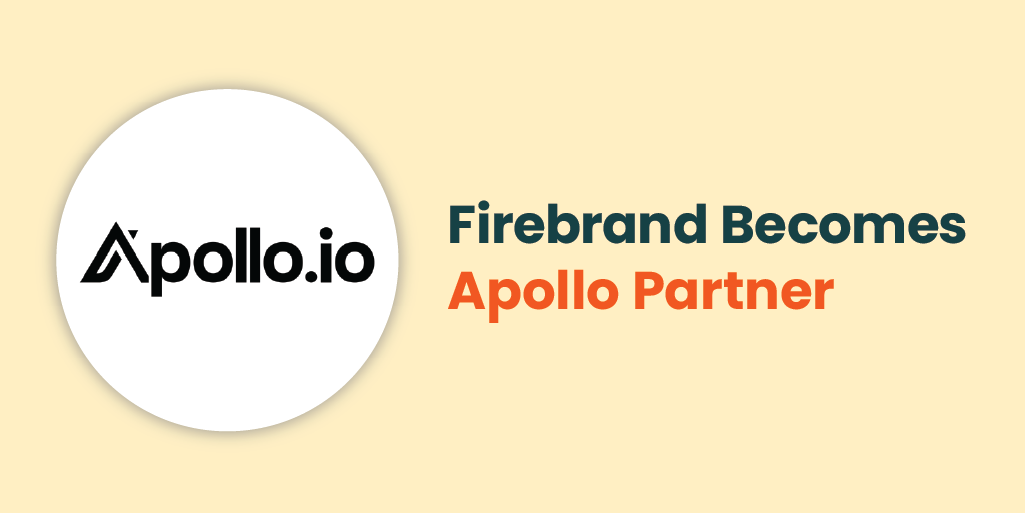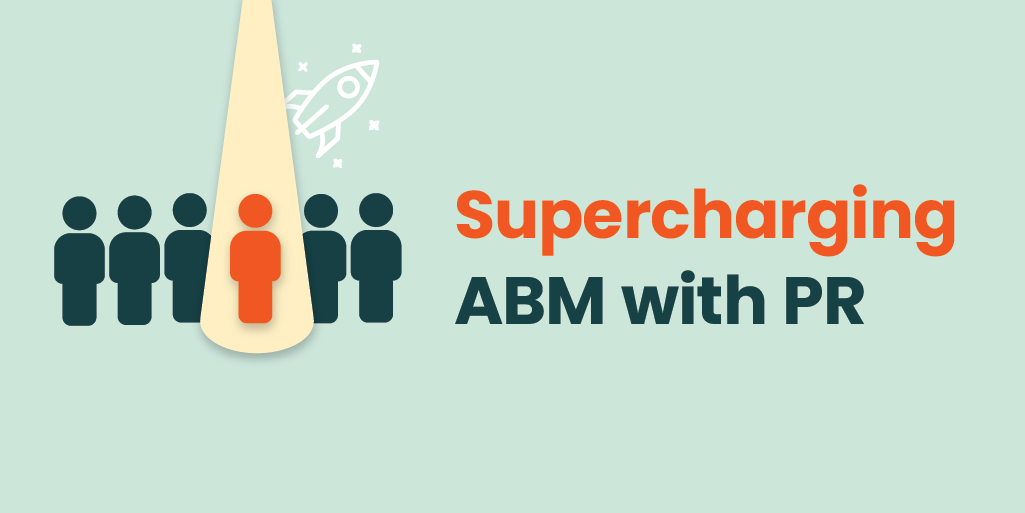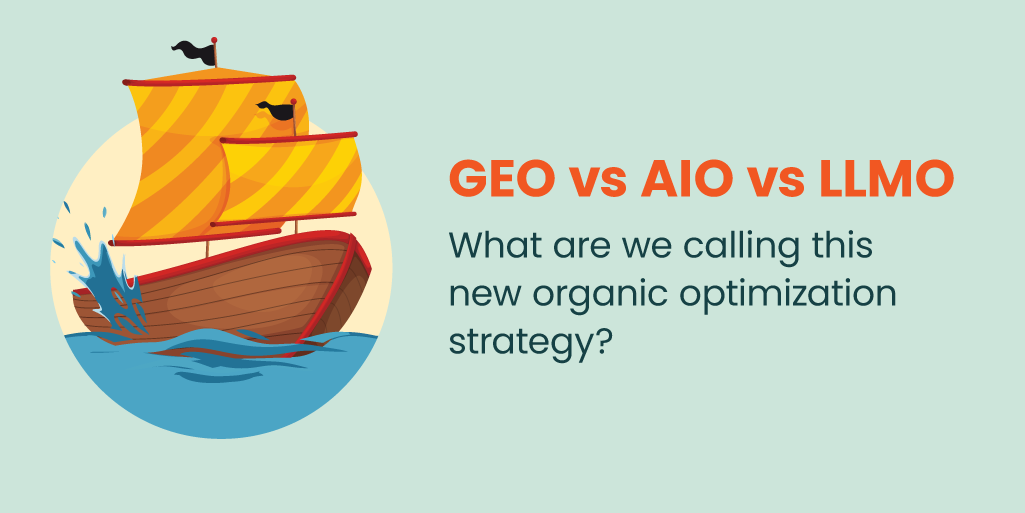Originally published on 09/12/2024
Updated on 11/12/2024 to include details on ABM reporting
In case you didn’t notice, we are in the midst of a seismic shift in strategy for how digital advertising for B2B companies is conducted. I am, of course, referring to the gaining momentum of account-based targeting in advertising, which focuses on building trust, awareness, and demand generation within specific high-value accounts (companies). This approach to advertising is part of a broader strategy, known as Account-Based Marketing (ABM). It allows businesses to tailor their messaging and content to resonate with the unique needs and challenges of individual companies and/or contacts, resulting in more meaningful engagement and higher conversion rates.
However, despite its effectiveness, implementing ABM strategies — particularly account-based advertising — can seem out of reach for smaller startups and scale-ups. These organizations often face limitations in budget and resources, making it challenging to adopt the sophisticated ABM tools and personalized approaches required to execute successful ABM campaigns. As a result, they may struggle to compete with larger enterprises that can invest more heavily in these newer, more targeted marketing efforts.
In order to level the playing field between big enterprises and small companies, Firebrand has developed simplified ABM strategies that unlock account-based advertising for those on a restrictive budget.
What Is Account-based Advertising Exactly?
Account-based advertising (ABA) is a strategic approach that focuses on delivering personalized ad campaigns to specific target accounts (companies) rather than casting a wide net across a broader audience. Despite the “account” in the name this ABM strategy often also includes contact (people) targeting through curated contact lists rather than native ad platform targeting options. This is sometimes referred to as account-based targeting but this term is not always specific to advertising channels.
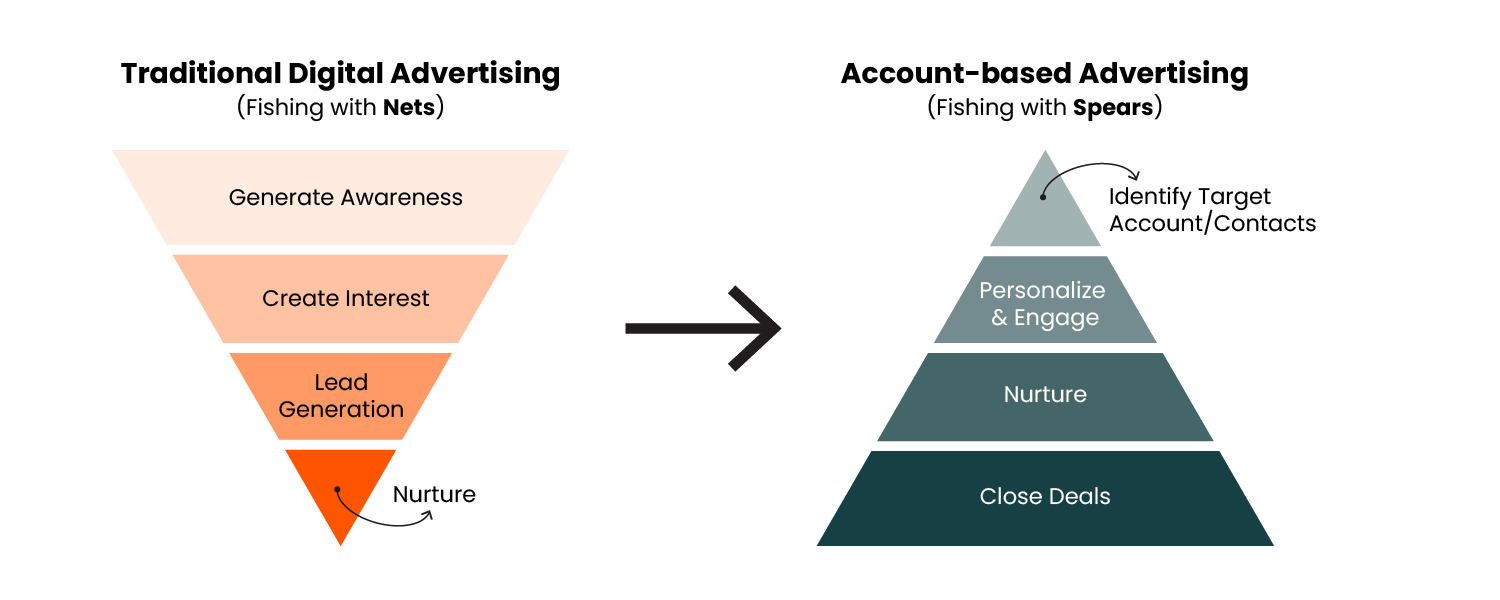
By concentrating on a predefined set of high-value companies or contacts (that share common characteristics as the basis of your customization), marketers can tailor their messaging to address the unique needs and pain points of each account/contact, increasing the relevance and effectiveness of their advertising efforts. According to a study conducted by Foundry, 87% of B2B marketers said that the ROI of ABM initiatives outperforms other marketing investments. As more B2B marketers embrace account-based advertising, it’s becoming clear that this focused, personalized method is becoming a cornerstone of effective B2B marketing.
Barriers to Executing ABA
Starting an account-based advertising program can be a complex process, often blocked by several barriers. These challenges can stem from strategic planning, technological integration, or organizational alignment. Here are some of the main barriers:
- Adoption: Account-based advertising is often part of a larger ABM initiative or pilot program which takes both a tremendous amount of resources and buy-in from leadership, sales, and marketing teams. However, it is much easier to adopt an ABA program exclusively if you are already planning to do traditional digital advertising.
- Budget: ABA is perceived to require a massive amount of ad spend and custom content creation due to its close connection with ABM and does require some additional tools or platforms. With that said, we will outline how you can execute this successfully without investing in expensive ABM platforms (like Demandbase or 6Sense).
- Data: Smaller companies or startups often lack the volume of first-party (contact) data to be able to segment and target effectively on common ad platforms. Sometimes, they do not have the analytics and sales team to help identify target accounts (companies) or if they do, they have no way to store account information and measure reach and influence. Luckily, our method does not require a massive database and can be easily expanded.
Now let’s dive head first into Firebrand’s system for account-based advertising on a budget.
Cost-Effective Strategies for Accessible Account-Based Advertising
Our approach to getting approval for, and implementing account-based advertising is broken down into two distinct tiers, catering to varying needs for simplicity and budget. The first tier focuses on basic, cost-effective strategies that really do not differ much from traditional digital advertising, while the second tier offers more advanced, scalable options for those with more resources. Note, there is a third tier which would require the use of a dedicated ABM platform such as Demandbase or 6Sense, but since that adds more complexity and cost we are not covering that here.
Tier One
This level of ABA is very accessible so that B2B-focused small businesses and early stage startups can jumpstart their relationships with valuable accounts and contacts and really hyper-focus their advertising efforts.
Tier Two
This level of ABA adds in the ability to scale up your account or contact targeting with the use of database services such as Apollo or Zoominfo, which does increase costs. Tier Two also adds deeper customization and expanded ad platforms for enhanced reach.
Outline of Tiered ABA System:
Text in Orange = Only applies to Tier Two
Text in Blue = Only applies to Tier Three
- Goal: Clearly define your goals
- Generate awareness within your target accounts or primarily generate leads among a list of target contacts using an existing lead magnet.
- Budget: Establish your budget for both ad spend and management costs
- $15,000 per month in ad spend + $5,000 in agency management fees = $20K total
- Viability: Assess your martech stack and team capabilities to ensure you have the ability to execute, here are the critical things you need:
- MarTech stack
- CRM (HubSpot or Salesforce)
- Web Analytics (GA4)
- Tag Manager (for robust conversion tracking)
- LinkedIn Campaign Manager
- Google Ads (only available in Tier Two because of the higher threshold needed for contact lists to be usable and increase complexity of adding a second ad platform beyond LinkedIn)
- Apollo, Zoominfo, or similar
- Target Account List / Target Contact List: Ability to identify and store your target account list (TAL) or target contact list (TCL).
- Account lists can be identified manually (desk research and stored in an Excel sheet) or preferably using your existing CRM (HubSpot or Salesforce).
- Contact lists can be identified in your existing CRM or curated manually (using tools like Apollo or Zoominfo) to get enough scale for lists to be usable in ad platforms. This would be considered Tier Two ABA in our method due to added complexity and cost
- MarTech stack
- Measurement: Document your plan for being able to measure success and ensure that your analytics capabilities are sufficient.
- Ad performance: Accounts Reached, CTR, CPC (ad platform data)
- Web / landing page performance: Engaged sessions, conversions, cost per conversion (GA4 data)
- Intent/Engagment: account visits, increased buying stage, influenced form fills (ABM platform data)
- Pipeline: target accounts with increased lifecycle stage, leads, cost per lead, opportunities, closed/won, revenue, ROI (CRM data)
- This measurement planning will enable you to provide the reporting later on that will be needed to prove ABM works (see section on reporting later on).
- Segmentation (of TAL / TCL): Once you have established at least one TAL and TCL (you could have multiple based on location, for example) it’s time to assess how you can segment these lists to create groupings of companies or contacts that share a common characteristic. This will serve as the common thread that allows us to customize the ad creative and messaging, as well as the landing page experience and offer — this is the most vital part of anything in ABM. For this example, let’s assume we can split the TAL into the following segments:
- TAL Segment One: Company size 50 or fewer and revenue of less than $5M. Accounts in segment = 350
- TAL Segment Two: Company size above 50 and revenue of more than $5M. Accounts in segment = 622
- These segments are large enough to use LinkedIn advertising and since there are many, we can consider this the “one-to-many” style of ABM where customization is moderate vs. the “one-to-few” style where customization and personalization are higher.
- Another great way to segment TALs is by company industry, which would give us six segments, thus increasing the amount of budget needed to advertise to all of these and increasing the administrative complexity (hence putting this tactic squarely in Tier Two ABA).
Accounts in segment = 622- These segments are large enough to use LinkedIn advertising and since there are many, we can consider this the “one-to-many” style of ABM where customization is moderate vs. the “one-to-few” style where customization and personalization are higher.
- Another great way to segment TALs is by company industry, which would give us six segments, thus increasing the amount of budget needed to advertise to all of these and increasing the administrative complexity (hence putting this tactic squarely in Tier Two ABA).
- For this example, we also have one TCL which we will segment as follows
- TCL Segment One: Decision Makers (Director level and up job titles)
Contacts in segment = 2,432 - TCL Segment Two: Practitioners (Relevant job titles within your industry below Director level)
Contacts in segment = 11,456
- These segments are definitely large enough to use LinkedIn advertising and large enough to use in Google Ads (which only accepts list targeting by contact, not company)
- Ad Platform Strategy: Now that TAL/TCL segmentation is in place, you can manually upload these lists in both LinkedIn and Google Ads or sync them across as audiences from your CRM (both HubSpot and Salesforce offer this capability) which allows you to make these lists dynamic and unlocks a more streamlined way to measure pipeline performance. The following is an example ad campaign strategy for our segments:
- TAL Segment One: LinkedIn Single Image Ads customized with messaging about pain points experienced by smaller companies within our industry and how our solutions solve these problems
- TAL Segment Two: LinkedIn Single Image Ads customized with messaging about pain points experienced by larger companies within our industry and how our solutions solve these problems
- TCL Segment One: LinkedIn Message Ads customized and personalized for this group of decision makers with data about how our solutions save enterprises money and solve their problems. Google Display ads customized similarly.
- TCL Segment Two: LinkedIn Lead Gen Form Ads customized with a gated asset that is tailored to the practitioner with technical information and solutions for efficiency. YouTube video ads customized for this technical audience
- Content Customization Strategy: One of the final pieces in the puzzle is to consider other areas of customization and personalization to support our contact targeting or account targeting strategy, like new assets or landing pages.
- TAL Segment One: Custom landing page that continues the story from the respective ad campaign above with matching visual style, an infographic (ungated), and an existing gated asset that appeals to smaller companies.
- TAL Segment Two: Custom landing page that continues the story from the respective ad campaign above with matching visual style, an infographic (ungated / same as above), and a new gated asset that better aligns with the needs, and appeals to larger companies.
- TCL Segment One: Custom landing page that continues the story from the respective ad campaigns above with matching visual style, and an existing report (ungated) with lots of data about business outcomes of our solutions which appeals to this type of audience (decision makers).
- TCL Segment Two: a new gated asset (used in the LinkedIn Lead Gen Form Ads above) and an existing technical product explainer video (used for the YouTube video ads above).
A Simplified Framework for Reporting on ABM
When it comes time to measure the effectiveness of your ABM efforts, you can easily get overwhelmed with data and come down with analysis paralysis. Let’s take a look at an ABM reporting framework that aligns with our simplified methodology above.
The ultimate goal of any ABM reporting is to prove that associated marketing efforts are:
- Growing brand/product awareness within target accounts/contacts
- Increasing engagement with website and content from target accounts/contacts
- Generating leads and contributing to pipeline with contacts within target accounts
While these goals overall are similar to most existing (non-ABM) marketing programs – especially advertising – in order to prove ABM is helping move accounts from discovery to engagement and purchase we will need a new layer of measurement tooling. This new level of measurement helps to clearly show ABM is facilitating more touches with target accounts as it takes many touches before a prospect is ready to speak to Sales or make a purchase.
The Three Levels of Marketing Measurement
New Level of Measurement Unlocked by ABM Tools
By unlocking this fourth level of measurement we are able to show that target accounts and/or contacts are starting to seriously consider our brand (or products) as part of their research and purchase journey. ABM is sort of like an email nurture, in that the accumulation of exposure to and engagement from prospective users (touches) is what informs sales and marketing teams and eventually leads to conversions then deals. As more engagement signals are collected, tactics for those accounts/contacts can become even more personalized and unique (ex: 1:1 via LinkedIn Message Ads). Putting too much weight on conversions (from website level) is a pitfall to avoid as it’s a well known fact that it takes many touches – especially with higher value targets – to convince them to convert.
By structuring your reporting in this way, you can identify areas of improvement at each level and report using the standard tools provided by each platform (Google Ads, HubSpot etc.) or take it one step further and build custom Looker Studio dashboards – like we do for our clients – that combine data from all levels for a more comprehensive picture.
For tier one ABM from our methodology, where additional tools for getting more engagement level metrics are typically not in use, you can use HubSpot ABM Tools to enhance your operations and reporting. This comes with some template dashboards that can give you some engagement level metrics and bridge the gap between that level and the pipeline level. However, it’s not a substitute for dedicated ABM platforms (6Sense / Demandbase) when a more complex ABM program is needed (Tier Three ABM in our system).
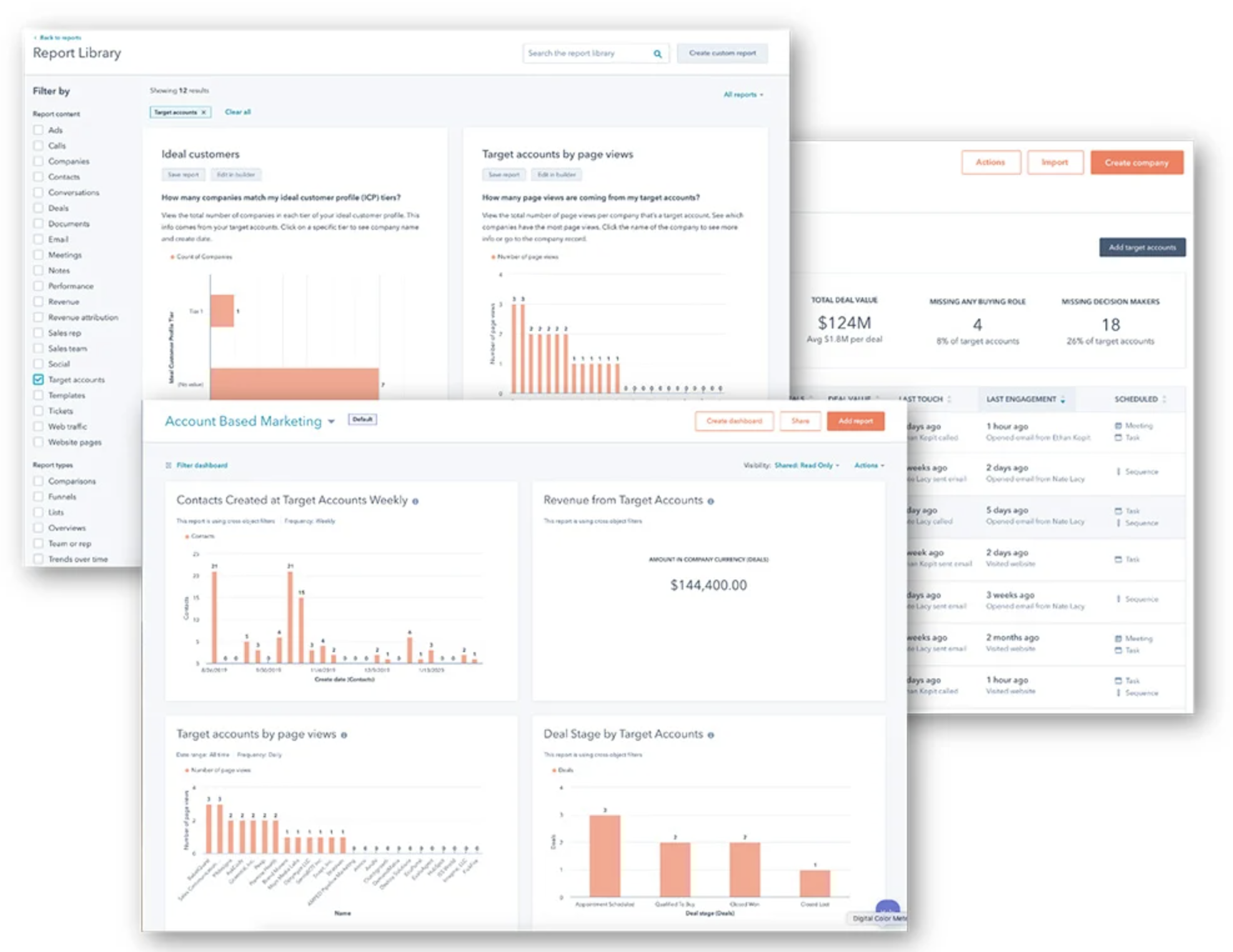
Laying the Foundation for Scalable ABM Success
When approached systematically, account-based advertising can become accessible to startups and small companies that may have previously thought it was out of reach. By starting with cost-effective and simplified strategies, businesses can lay a solid foundation for a more comprehensive ABM program in the future. This approach allows companies to maximize their marketing efforts by targeting known high-value accounts more effectively, without necessarily replacing traditional digital ads. Instead, account-based advertising serves as a powerful complement to these broader campaigns that help identify new possible target accounts or customers, enhancing their impact and ensuring that high-potential targets receive the attention they deserve. For more about our account-based marketing services get in touch with us.
About the Author
Alastair Nee is Senior Vice President of Digital Marketing at Firebrand, a B2B tech marketing agency based in the San Francisco Bay Area that helps companies grow through creative, data-driven marketing strategy. With a rare left-brain/right-brain approach, Alastair blends sharp analytics with standout creative instincts to build and scale high-performing growth marketing programs that elevate brand profiles and increases their pipeline using the channels and tactics that work best for B2B tech marketing today: GEO/SEO, AI-enhanced paid media, and advanced analytics.
At Firebrand, Alastair leads a team that partners with some of the most innovative names in tech - from AI/ML and data infrastructure to developer tools and B2B SaaS. Over his 17-year career in tech marketing, he has helped launch and grow dozens of companies, delivering award-winning campaigns recognized by The Communicator Awards and other industry benchmarks.
Alastair is a vocal advocate for modern growth marketing and emerging disciplines like AI-powered marketing technology, AI paid media optimization, and Generative Engine Optimization (GEO). His work lives at the intersection of storytelling and performance - where brand meets demand.
Follow Alastair on LinkedIn or explore his thinking on Firebrand’s blog.

